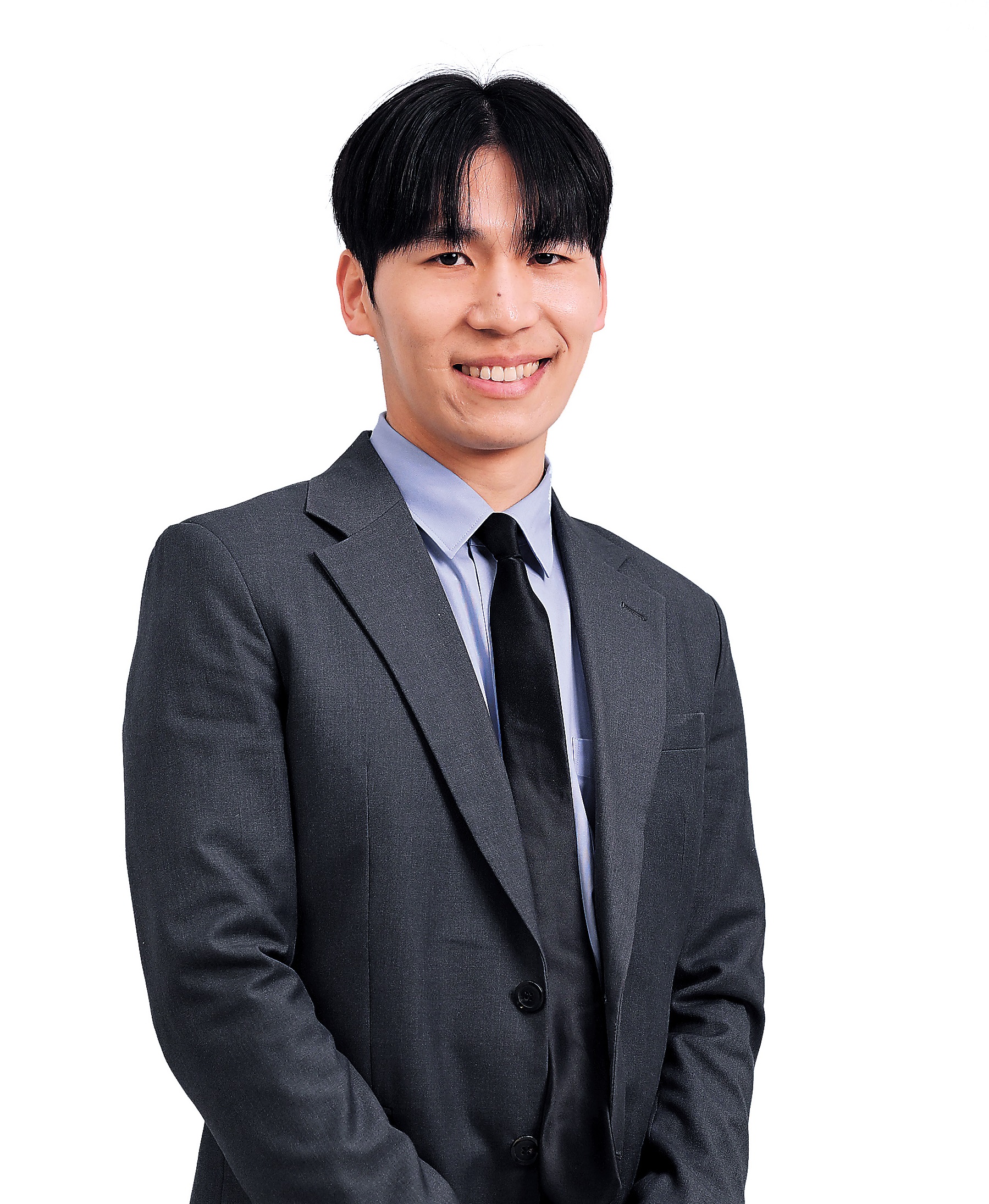S. Korea faces nearly 6-month summers by 2100 if emissions not cut: report
By No Kyung-minPublished : June 23, 2024 - 17:14

By the end of this century, South Korea will have summers lasting nearly half the year if greenhouse gas emissions continue at current levels, according to the worst-case climate change scenario.
According to the highest baseline scenario for Shared Socioeconomic Pathways (SSP5-8.5) future climate change scenarios presented on the Korea Meteorological Administration's official webpage, Korea will experience an average of 169 summer days in the 30-year period that starts May 2081 and ends in 2100 -- a 72-day increase compared to current summers. During the same period, the current 107 days of winter will drop to just 40 days.
In the worst possible scenario, based on the assumption that the world does nothing to cut emissions from current levels, the highest temperature is projected to reach 41.6 degrees Celsius, an increase of 7.2 degrees compared to the present, while the lowest temperature will be minus 7 degrees -- up 6.8 degrees from current levels.
During the same period, Seoul is projected to experience 194.3 days of summer, with 110 days where temperatures exceed 33 degrees. Additionally, the number of tropical nights here is expected to rise to 96.1, marking an 8.5-fold increase from the current 11.3.
In this scenario, Seoul would experience annual rainfall rising from the current 1269.6 millimeters to 1521.9 millimeters in the 2081-2100 period.
The weather agency’s data, offering four possible future scenarios -- ranging from SSP5-8.5 (highest emissions) to SSP1-2.6 (lowest emissions) -- showcases information such as average temperatures, extreme heat and the number of hot days for 17 cities and provinces across South Korea from 2021 to 2100.
The webpage describes the SSP5-8.5 scenario as characterized by the country being heavily focused on "rapid industrial development backed by high fossil fuel use," while the SSP1-2.6 scenario posits a sustainable approach with "the development of renewable energy," aiming for Korea to achieve net-zero emissions by around 2070.







![[Weekender] Korea's traditional sauce culture gains global recognition](http://res.heraldm.com/phpwas/restmb_idxmake.php?idx=644&simg=/content/image/2024/11/21/20241121050153_0.jpg&u=20241123224317)









![[More than APT] Residents, architects together design homes](http://res.heraldm.com/phpwas/restmb_idxmake.php?idx=652&simg=/content/image/2024/11/24/20241124050036_0.jpg&u=)
